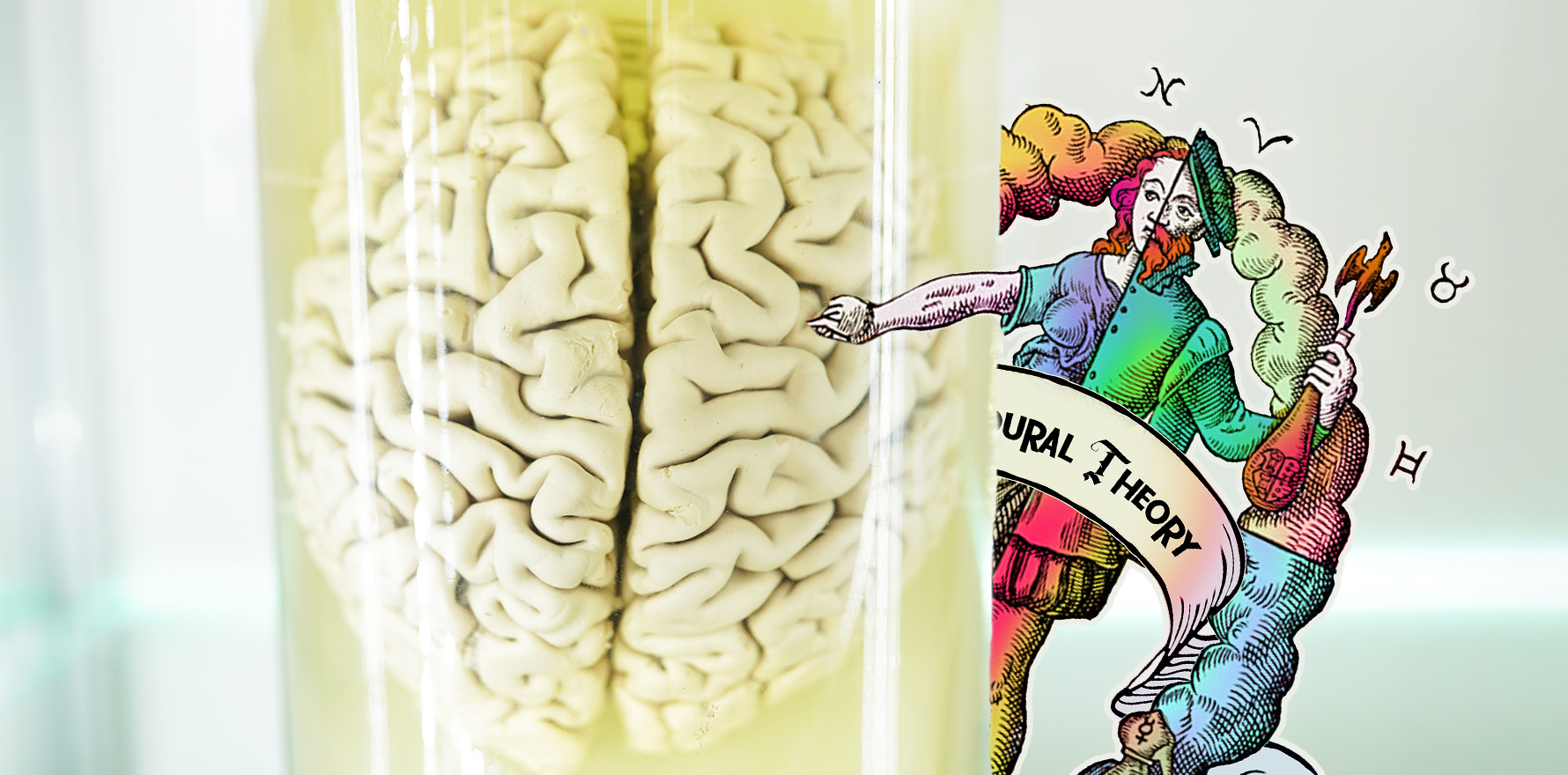It didn’t take long for a biological neural network to decide it had better career options.
Pioneering neuroscientist Professor Candid has created an artificial brain capable of higher-order learning out of stem cells.
“We used technology developed by Cortical Labs,” Professor Candid explained.
“But whereas they they were able to grow up a biological neural network of around 800,000 neurons, we extended their techniques and grew up trillions of neurons. In all we made 1.3kg of neurochemically active grey matter; or ‘brain’ as it’s called.”
The team wanted to see how quickly the brain could learn, the Professor continued.
“But we didn’t want to use anything trivial like Pong, that’s been done before. So we housed the brain in a flotation tank and installed it in general practice.”
After spending only a few weeks learning how to be a GP the brain started to become agitated.
“Whenever a patient walked into the room the brain would throw itself at the side of the tank. Eventually it learnt how to get enough momentum going and 30 minutes into a tedious discussion about erectile dysfunction it crashed out of the tank and tried to to strangle the patient. But a brain doesn’t have any grippy bits like hands, you see, so it sort of flumped up against his face.”
Professor Candid concedes his team should have heeded the warning signs but they just sent the brain back to work.
“The brain got quite devious – well, it is a brain after all! And when an elderly patient left her knitting set behind, the brain managed to wind some wool around itself and swung from the ceiling fan on to a waiting skateboard and made its escape.”
There is a lesson in this for all GPs and for the health authorities, concludes the Professor.
“After all, your GP brain spends its time in the dark, on its own, bathed in fluid, being continually subjected to psychological distress. One day your fragile brain may well take things into its own hands and smash out of its bony prison, hop on to a skateboard and escape. With the existing workforce crisis this is something the health system can ill afford.”



